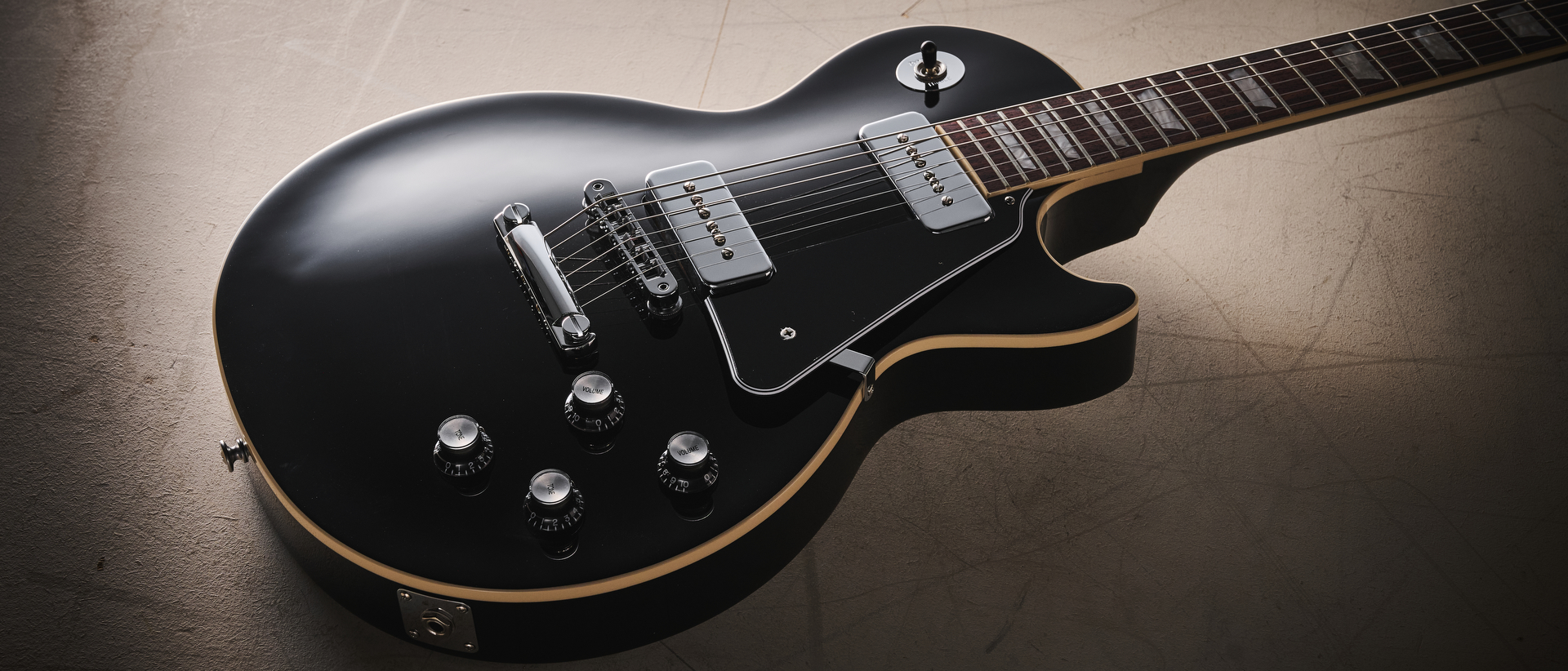
This is an ascending run that’s fairly typical of my playing style in Psycroptic. I like to come up with lines that flow and roll nicely while making things as easy as possible for me technically, and this run is an example of that approach.
It’s loosely based on the B natural minor scale, or Aeolian mode [B C# D E F# G A], and works nicely in the key of B minor.
I like to play a lot of things legato, using whatever hammer-ons and pull-offs are available in any given position that my fret-hand fingers are in. I’m also inclined to do a lot of hybrid picking [pick and fingers], using picked down-strokes in tandem with upstrokes of the middle finger. This enables me to do a lot of string skipping very efficiently, with much less pick-hand movement and effort than would be required using only the pick.
Bar 3 of this run is a perfect example of this. I don’t really think too much when hybrid picking; I just do what feels the most natural and economical for any given note sequence. On beat two of bar 1 I insert a Gs chromatic passing tone [D string, sixth fret] into a descending line to give it a bit of an "outside" flavor and create a smooth legato feel. When you play the run up to speed, the outside note doesn’t sound "wrong" and actually enhances the intended rolling effect.
I use G# again in bar 2, this time instead of G, in effect changing the mode to B Dorian [B C# D E F# G# A]. You’ll notice I do a couple of finger slides to shift positions in this bar and also incorporate the open D string between two A notes at the seventh fret to get a quirky, wide-interval dip in the line.
- Bar 3 features more wide intervals, achieved via the previously mentioned string skips, which create a nice angular melodic contour. The run concludes with another chromatic sequence that again incorporates both G and G#, this time ascending the B string [seventh-ninth frets] and one last finger slide, in this case with the pinkie sliding up to the high B root note at the 12th fret, to
- which I apply a nice decorative finger vibrato.
When playing this run, try to make all your pull-offs and hammer-ons clear and strong. Also, be sure to lightly rest the side of your palm on the lower bass strings that you’re not playing on to keep them quiet.

All the latest guitar news, interviews, lessons, reviews, deals and more, direct to your inbox!
